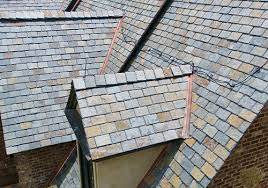barefoot shoes, also known as minimalist shoes, have gained huge popularity in recent times due to their distinctive style and health claims. These shoes are designed to simulate the feeling of running or walking barefoot while providing certain protection from elements. This is a complete guide to all you must learn regarding barefoot shoes.
What Are Barefoot Shoes?
Barefoot shoes are made to offer minimal interference with the natural movement of your feet. Contrary to traditional footwear, they have an extremely thin and flexible sole that allows for better sensory feedback from ground. The typical design has a wide toe box to accommodate natural toe splay, zero or minimal heel-to-toe drop and a flexible design that permits the foot to move with ease. The goal is to promote an easier movement and foot function.
Benefits of Barefoot Shoes
Improved Foot Strength and Flexibility Through replicating the natural movements of walking barefoot, these shoes can assist in strengthening the muscles in your lower legs and feet. This increase in strength could improve balance and stability.
Enhanced Sensory Feedback: The the thin soles that come with barefoot shoes let you feel the ground more clearly. This heightened sensory feedback can improve proprioception (awareness of body posture) which aids in balance and coordination.
Natural Gait: Barefoot shoes encourage a midfoot or forefoot strike pattern rather than the heel-first landing common in conventional shoes. This can reduce the risk of some injuries that can be caused by heel strike and encourage an efficient running style.
More Comfort: Many people find barefoot shoes to be more comfortable due to their flexible nature and the large toe box that accommodates the natural toe spread.
Considerations and Potential Drawbacks
Transition Period: Making the switch from barefoot shoes in place of conventional footwear requires a gradual change. The muscles and tendons in your legs and feet may require some time to adjust to the new requirements. Starting with short periods of wear and gradually increasing can help prevent overuse injuries.
Not Suitable for All Surfaces Although barefoot shoes offer great flexibility and feel on the ground but they might not offer sufficient protection against extremely dangerous or rough surfaces. It’s important to choose the right shoe based on your environment.
Variable Experience: The advantages of barefoot shoes can vary from person to person. Some individuals might experience significant improvements in comfort and performance but others might be less enthused or uncomfortable.
Conclusion
Barefoot shoes are a great solution for people looking to enhance their natural movement and foot health. They offer a more intimate experience, they promote foot strength, improved sensorimotor feedback and more natural gait. It is important to gradually transition and think about your specific needs and environment. With proper adaptation, barefoot shoes can be an excellent option to add to your footwear collection.



